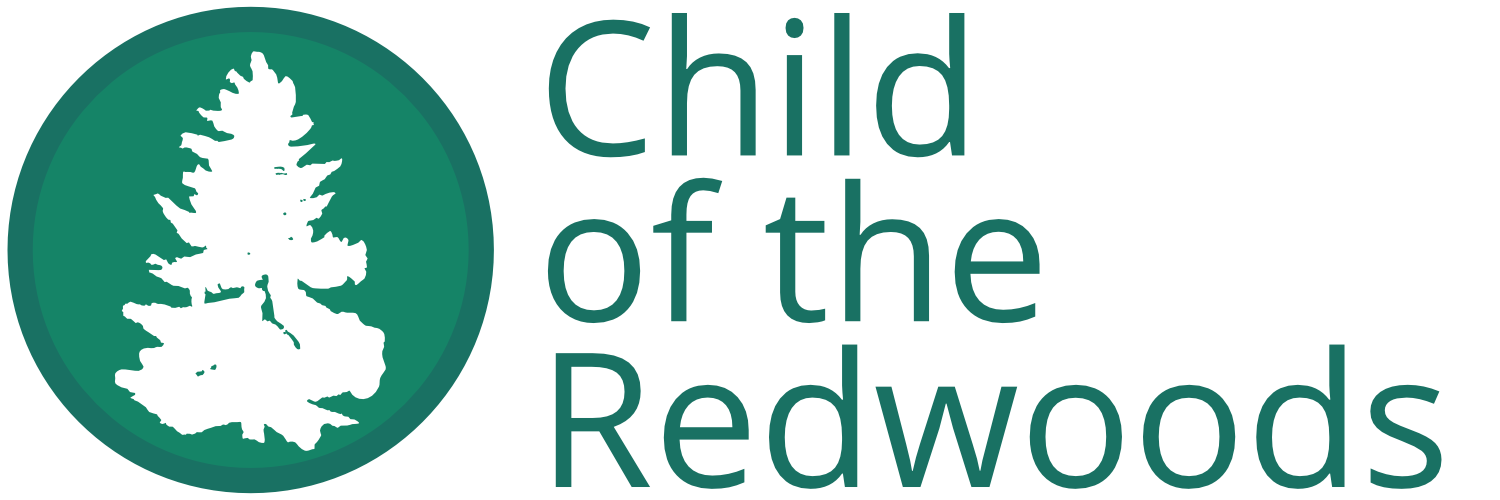Before organic life, there was physical law - heating and cooling, gravity, atomic structure. Born in an instant with the Big Bang - eons even before the formation of the Earth - itself these laws shaped known reality into what we see today.
As an academic subject, Child of the Redwoods groups these concepts together under the banner Physical Science. In it, you'll find a wide array of scientific disciplines, including earth sciences, chemistry, and physics - all of which help explain that most fundamental of human questions - how did we get here?
As a scientist, Maria Montessori understood the incredible importance of learning about physical science. We can't truly understand our universe or ourselves without it. As a result, there are many classic Montessori lessons designed to help us perceive what can be - because of its size, its vast antiquity, its total lack of visual qualities - largely invisible.
Chief among them is the First Great Lesson: The Coming of the Universe, which brings to dramatic life the Big Bang, the formation of the Solar System, and the formation of the Earth. Accompanying this lesson are Maria’s beloved Impressionistic Charts, which have inspired children and adults for over a century.
Because children in the Primary school years (ages 2.5 to 6) are in the first plane, they are highly oriented towards sensorial learning, meaning their experiences with physical science are tactile, visual, and auditory.
For example, to explore the concept of air resistance, we may invite a child to drop unbreakable objects (e.g., a feather, a piece of paper, a pencil) from a table and observe what happens. That your child will not understand the scientific principles is unimportant. Rather, the goal is to give them a sensory experience that results in their understanding that different things behave differently when dropped.
In time, these sensory experiences will inform their growing curiosity.
Children in the second plane are often fascinated by the sciences - both physical science and life science - perhaps because it speaks to their growing focus on abstract concepts and big questions.
The sudden realization that there are things that cannot be seen but are nonetheless measurable and real can be mind blowing. This is the age of classic kid questions... Why is the sky blue? If we dug a hole to the center of the Earth, what we would see? Why do things fall to the ground when dropped?
The sensorial experience is no longer enough. Second plane children want to know WHY. Just as with younger learners, experiments take center stage, but now the focus shifts more to predicting what will happen, observing it, and documenting the results. Older children will spend more time researching independently.
Overall, the idea is to give 6 to 9 year olds an understanding of why and how the earth looks like it does right now.
Physical science includes many disciplines, but most relevant to first and second plane learners are those dealing with the formation of the earth and universe (like the Big Bang), the physical features of the earth (like mountains and rocks), and basic physical laws (like gravity and heat). With younger learners, the goal is to let the experience speak for itself.
As the guide, your job is to make the experience happen and to ask questions. Go on a walk and pick up rocks. Does this rock feel heavier? Take a bath and see what happens when you put different objects in the water. Will a wooden spoon float? Blow soap bubbles and watch them float in the wind. How far can a bubble go before it pops?
For elementary-aged kids, the goal is to explore why things happen and what conclusions we can draw from that understanding. Why does the wooden spoon float? And how does that relate to the reasons earth has distinct layers?
Above all, though, the key to successfully integrating physical science into your child's education is for you, the parent or caregiver, to be CURIOUS. Child of the Redwoods emphasizes that education is a journey you take WITH your children. When you show curiosity about the world, your child will follow the example.
Physical science includes MANY different scientific concepts, but for younger learners (2.5 - 9), our curriculum focuses primarily on two domains: physical geography and physical laws.
Physical Geography: This wide ranging domain covers anything geographical other than political/human geography (i.e., national boundaries), including non-earth geography.
Physical Laws: This domain covers basic physics concepts, such as gravity, the laws of motion, and the states of matter.
In practice, this means children in Primary will spend much of their time exploring the general features of the earth (e.g., using a sandpaper globe) and doing basic physical science experiments (e.g., watching an adult extinguish a candle.) By the time they exit the program, your child should be able to do things like name and order the planets, identify the continents and major oceans, and explain that some things are magnetic.
For Lower Elementary, we build on the Primary-level knowledge by exploring topics, including geomorphology, geodynamics, the hydrosphere, and weather as well as an in-depth focus on time, especially cosmic time. By the time they exit the program, your child should be able to (among other things) describe how the earth formed, how the water cycle works, and how weather shapes the planet.


